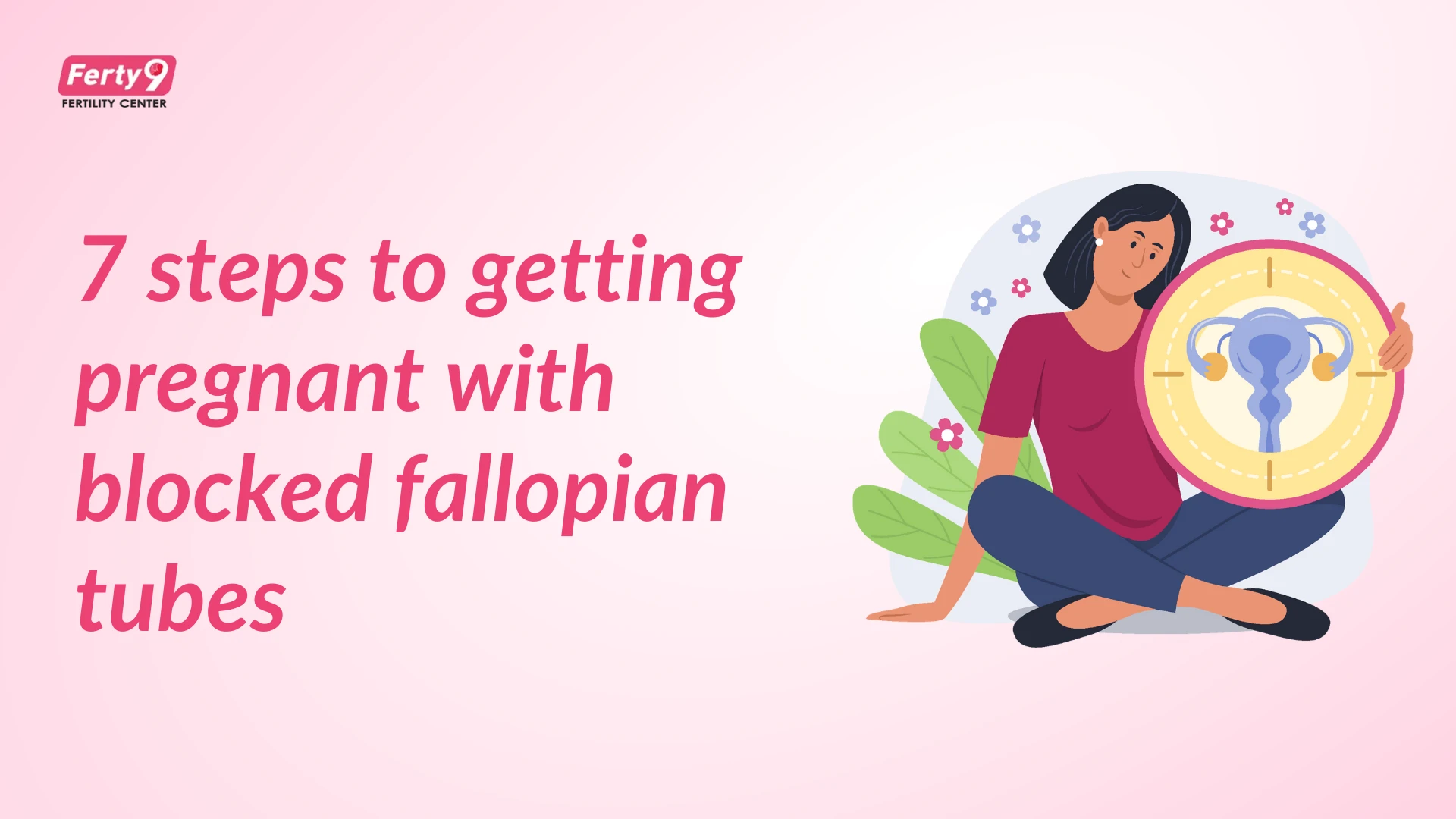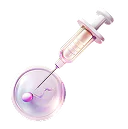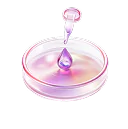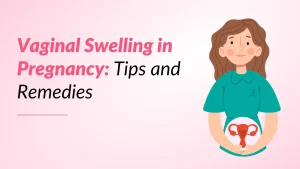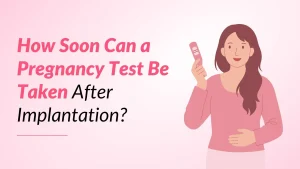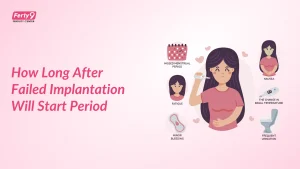For many couples, the dream of having a baby is a beautiful and exciting journey. But for some, this journey can be filled with challenges, especially when faced with a condition like blocked fallopian tubes. At FERTY9 Fertility Center, we understand your concerns and are here to guide you with compassion and expertise.
Blocked fallopian tubes are a common cause of infertility, but don’t lose hope! With the right guidance and treatment, you can still achieve your dream of parenthood. Here are 7 simple steps to help you on your way:
1. Symptoms Of Blocked Fallopian Tubes
Many women with blocked fallopian tubes don’t experience any symptoms until they try to conceive. Some may experience mild, regular pain on one side of the abdomen, which could be due to a specific type of blockage called a hydrosalpinx. If you’ve been trying to get pregnant for a year (or six months if you’re over 35) without success, it’s time to see a specialist.
2. The Role of Fallopian Tubes
Think of your fallopian tubes as the pathway for the egg to travel from the ovary to the uterus and meeting place for the egg and the sperm. Sperms travel through the uterus into the fallopian tube to fertilize egg. When this path is blocked, the egg and sperm can’t meet, and pregnancy can’t occur. Understanding this helps you appreciate why this condition needs attention.
3. Causes of Blockage
Fallopian tubes can get blocked for several reasons, including:
- Infections: Pelvic inflammatory disease (PID) is a common cause.
- Past Surgeries: Abdominal or pelvic surgeries can sometimes cause scarring.
- Endometriosis: Tissue that normally lines the uterus grows outside of it, if it involves tube it can cause blockages.
- Fibroids: These non-cancerous growths of uterus can sometimes block the entry point of the tubes.
4. Consult a Fertility Expert
If you suspect you have blocked fallopian tubes or are having trouble conceiving, the most important step is to consult a fertility specialist. At FERTY9, our experts have years of experience in diagnosing and treating this condition.
5. Your First Consultation
During your first visit, your doctor will talk to you about your medical history and menstrual cycle. This is a great time to ask any questions you may have. Be open and honest with your doctor; this will help them create the best individualised plan for you.
6. Right Diagnosis
To check for blockages, your doctor may recommend a test called a Hysterosalpingogram (HSG). In this X-ray test, a special dye is passed through your cervix into the uterus and fallopian tubes. This helps the doctor to see if the tubes are open or blocked.
7. Explore Your Treatment Options
Based on the diagnosis, your doctor will discuss the best treatment for you. Here are some common options available in India:
- Laparoscopy: This is a minimally invasive surgery to remove the blockage.
- In Vitro Fertilization (IVF): This is a very effective treatment for blocked fallopian tubes. In IVF, the egg is fertilized with sperm in the lab, and the resulting embryo is placed directly into the uterus, bypassing the fallopian tubes altogether and without any surgery.
The Takeaway
Getting pregnant with blocked fallopian tubes can be challenging, but it is not impossible. With the right support and medical care, you can overcome this hurdle. The team at FERTY9 Fertility Center is committed to helping you on your journey to parenthood.Ready to take the next step? Contact us today to book a consultation with one of our fertility experts. We are here to help you build the family you’ve always dreamed of.








